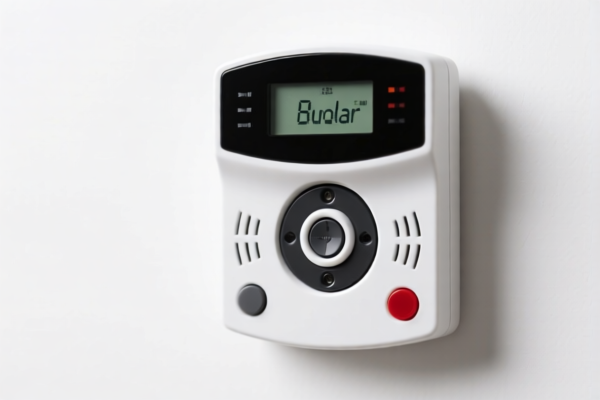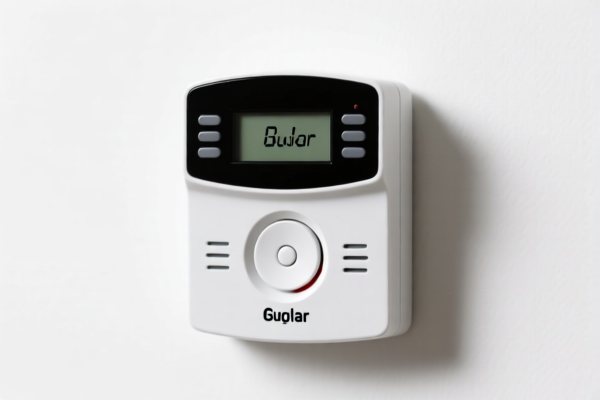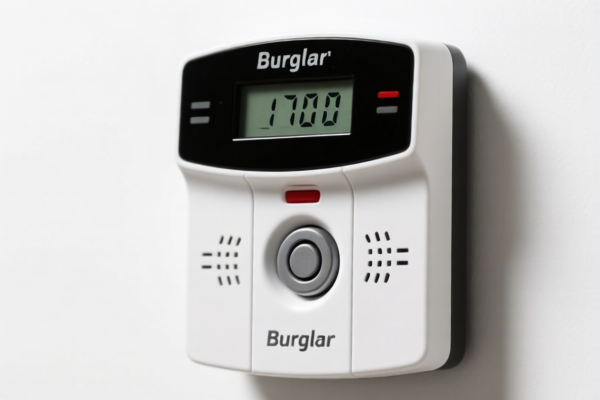| HS Code | Official Doc | Tariff Rate | Origin | Destination | Effective Date |
|---|---|---|---|---|---|
| 8531100015 | Doc | 56.3% | CN | US | 2025-05-12 |
| 8531100035 | Doc | 56.3% | CN | US | 2025-05-12 |
| 8512300020 | Doc | 57.5% | CN | US | 2025-05-12 |
| 8512300030 | Doc | 57.5% | CN | US | 2025-05-12 |
| 9032896085 | Doc | 56.7% | CN | US | 2025-05-12 |
| 9032896075 | Doc | 56.7% | CN | US | 2025-05-12 |




Alarm System
An alarm system is a system designed to detect an unauthorized entry into a building or area, typically using electronic sensors connected to a control panel that activates audible or visual alerts, and often transmits a signal to a monitoring station.
Material
Alarm systems are composed of a variety of materials, including:
- Plastics: Used for housings of sensors, control panels, and keypads. ABS plastic is common due to its durability and cost-effectiveness.
- Metals: Used for enclosures requiring greater strength (e.g., some control panels, outdoor sirens). Aluminum and steel are frequently employed.
- Electronic Components: Silicon for integrated circuits, various metals (copper, gold, tin) for wiring and connectors, and polymers for capacitors and resistors.
- Batteries: Lithium-ion or lead-acid batteries provide backup power during electricity outages.
- Wireless Communication Components: Radio frequency (RF) transmitters and receivers utilize circuit boards and antennas.
Purpose
The primary purpose of an alarm system is to:
- Deter Intrusion: The visible presence of an alarm system can discourage potential burglars.
- Detect Unauthorized Entry: Sensors identify breaches of security (doors, windows, motion).
- Alert Occupants & Authorities: Audible sirens warn those nearby and, in monitored systems, notify a central station and potentially law enforcement.
- Provide Peace of Mind: Offers a sense of security and protection for homes and businesses.
Function
An alarm system functions through these key components:
- Control Panel: The "brain" of the system, receiving signals from sensors, activating alarms, and communicating with monitoring stations.
- Sensors: Detect intrusions. Common types include:
- Door/Window Sensors: Triggered when a door or window is opened. Typically magnetic contact sensors.
- Motion Detectors: Detect movement using infrared, microwave, or ultrasonic technology.
- Glass Break Detectors: Detect the sound of breaking glass.
- Smoke Detectors: Detect the presence of smoke particles.
- Carbon Monoxide Detectors: Detect dangerous levels of carbon monoxide gas.
- Keypad: Allows users to arm/disarm the system, enter codes, and manage settings.
- Siren: Emits a loud audible warning.
- Backup Battery: Maintains system operation during power outages.
- Communication Module: Connects the system to a monitoring station (via landline, cellular, or internet).
Usage Scenarios
- Residential Security: Protecting homes from burglary, fire, and other emergencies.
- Commercial Security: Safeguarding businesses, offices, and retail locations.
- Industrial Security: Protecting warehouses, factories, and critical infrastructure.
- Vehicle Security: Protecting cars and other vehicles from theft.
- Personal Safety: Systems with panic buttons for immediate assistance.
Common Types
- Wired Systems: Utilize physical wiring to connect sensors to the control panel. Generally more reliable but less flexible.
- Wireless Systems: Communicate via radio frequency (RF) signals. Easier to install and more flexible, but susceptible to interference.
- Monitored Systems: Connected to a professional monitoring station that provides 24/7 surveillance and can dispatch emergency services. Often involve a monthly fee.
- Unmonitored Systems: Alert only occupants with audible alarms. No external notification.
- Smart Home Integrated Systems: Integrate with other smart home devices (lights, locks, cameras) for enhanced control and automation.
- DIY Systems: Self-installed systems offering affordability and customization.
- Hybrid Systems: Combine wired and wireless components.
The declared goods are identified as an alarm system. Based on the provided information, the following HS codes are relevant:
-
8531100015: This HS code falls under Chapter 85, which covers Electrical machinery and equipment. Specifically, it relates to Heading 8531, covering Electric sound or visual signaling apparatus (excluding those of heading 8512 or 8530). The '0015' subheading denotes Burglar or fire alarms and similar apparatus, specifically battery-powered versions. The total tax rate is 56.3%, comprised of a 1.3% base tariff, a 25.0% additional tariff, and a 30.0% additional tariff effective April 2, 2025.
-
8531100035: This HS code also falls under Chapter 85, Heading 8531 (Electric sound or visual signaling apparatus). The '0035' subheading specifies Burglar or fire alarms and similar apparatus, categorized as 'Other' and specifically identifies Burglar alarms. The total tax rate is 56.3%, consisting of a 1.3% base tariff, a 25.0% additional tariff, and a 30.0% additional tariff effective April 2, 2025.
It is important to note that both HS codes 8531100015 and 8531100035 have the same total tax rate of 56.3%, with changes to the additional tariff taking effect on April 2, 2025. The distinction between the two codes lies in whether the alarm system is battery-powered (8531100015) or categorized as 'Other' (8531100035).
Customer Reviews
No reviews yet.